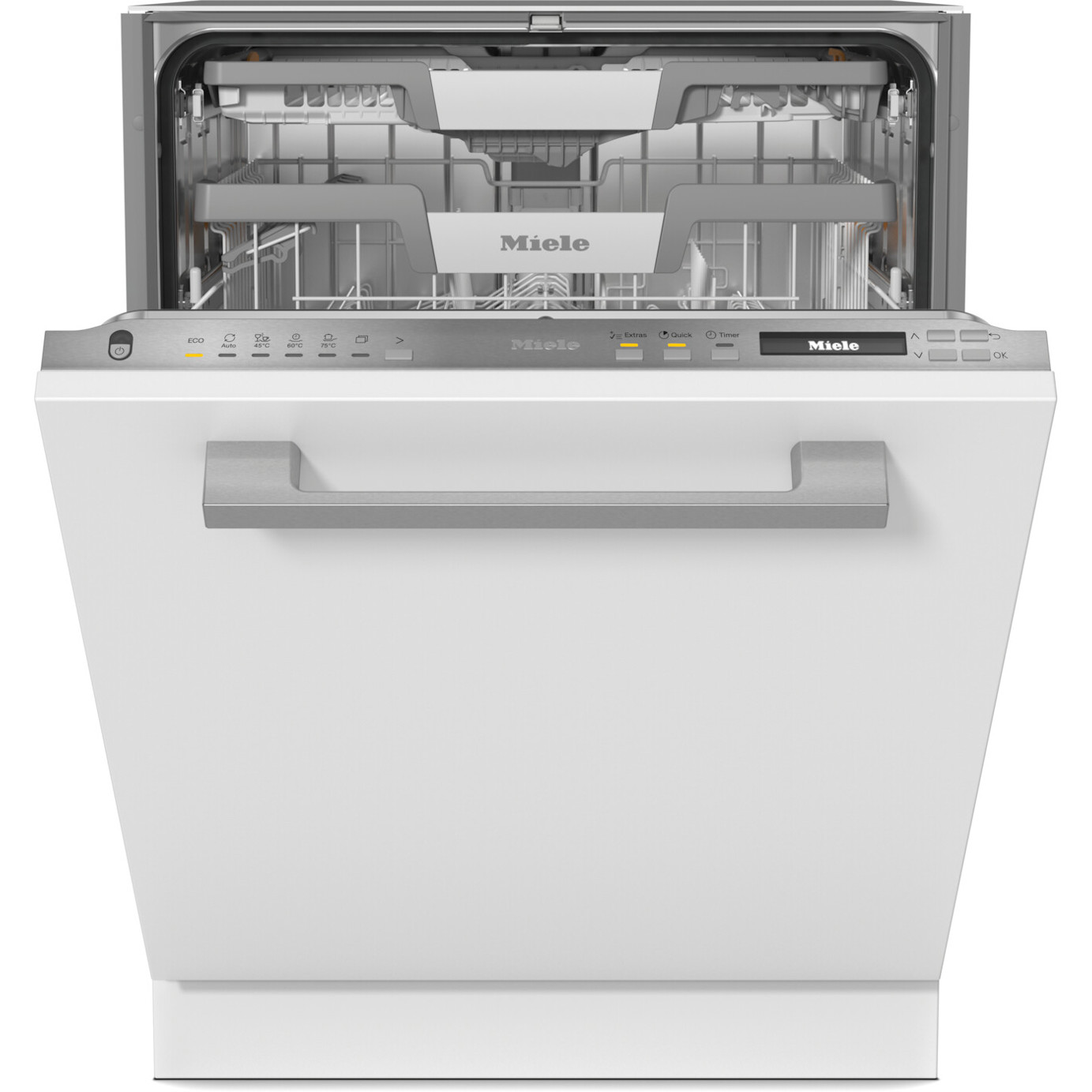
Einbaubackofen Mit Pyrolyse Und Dampfgarer Funktion Test
Add a review FollowOverview
-
Founded Date 12 de noviembre de 1973
-
Posted Jobs 0
-
Viewed 4
Company Description
5 Laws That Can Benefit The Self-contained Induction Hob Test Industry
Self-Contained Induction Hob Test: A Comprehensive Overview
Induction cooking has become progressively popular in contemporary kitchens due to its performance and precise temperature control. Among the various types readily available, self-contained induction hobs have actually sculpted a niche for themselves, specifically catering to families and smaller sized home. This blog site post digs deep into the complexities of self-contained induction hobs, providing a comprehensive guide on how to test them successfully.
What is a Self-Contained Induction Hob?
A self-contained induction hob is a kind of cooking appliance that uses electro-magnetic energy to heat cooking vessels directly. Unlike standard cooktops, which heat the surface itself, induction hobs cause heat in appropriate cookware, making them quicker and often much safer. Their compact style makes them particularly appealing for users with restricted cooking area space.
Secret Features of Self-Contained Induction Hobs
Before evaluating an induction hob, it’s vital to comprehend its necessary functions.
| Function | Description |
|---|---|
| Power Levels | Many designs offer several power settings for accuracy. |
| Precaution | Features like automatic shut-off and child locks. |
| Control System | Touch controls for ease of usage and cleansing. |
| Compatibility | Works with ferrous pots and pans (iron, stainless-steel). |
| Mobility | Typically created to be lightweight and easy to store. |
Testing a Self-Contained Induction Hob
Evaluating an induction hob requires factor to consider of a number of elements, including efficiency, security, and usability. Below are key steps and measurements to include in your testing treatment:

Performance Testing
- Heating Time: Measure the time it takes to bring water to a boil in different pots and pans.
- Temperature Control: Assess the precision of temperature level modifications.
- Power Efficiency: Calculate the energy consumed for various cooking tasks.
Heating Performance Table
| Pots and pans Type | Time to Boil (1L of Water) | Power Used (W) |
|---|---|---|
| Stainless Steel | 5 minutes | 1800 |
| Cast Iron | 6 minutes | 1800 |
| Non-stick Aluminum | 4 minutes | 1500 |
Security Testing
Safety screening is important, specifically when it pertains to cooking appliances.
- Overheat Protection: Test if the hob turns off automatically when overheating happens.
- Kid Lock: Ensure the kid lock feature operates properly.
- Surface Temperature: Use an infrared thermometer to determine surface area temperature levels after use.
Security Features Table
| Security Feature | Functionality |
|---|---|
| Automatic Shut-off | Turns the hob off after a set time of lack of exercise. |
| Kid Lock | Avoids unexpected activation by kids. |
| Surface Area Temperature Alert | Notifies when touch panel is still hot after cooking session. |
Usability Testing
Examining how user-friendly an induction hob is can affect getting choices.
- Control Interface: Test the responsiveness and intuitiveness of the control board.
- Portability: Evaluate the weight and ease of moving the hob.
- Ease of Cleaning: Assess how simple it is to clean the hob after use.
Functionality Features Table
| Feature | Rating (1-10) | Comments |
|---|---|---|
| Control Interface | 8 | Responsive however might be clearer. |
| Mobility | 9 | Lightweight, simple to transport. |
| Reduce of Cleaning | 7 | Smooth surface area, but the corners are challenging. |
Often Asked Questions (FAQ)
1. How does a self-contained induction hob work?
Induction hobs operate by producing an electro-magnetic field that communicates with ferrous pots and pans. This causes the pot or pan to heat straight, leading to much faster cooking times.
2. Can I use any pots and pans on an induction hob?
No, you should use cookware that works with induction heating. Look for pots and pans labeled as induction-ready, usually made from cast iron or stainless-steel.
3. Are induction hobs safe to utilize?
Yes, self-contained induction hobs include numerous safety features such as automatic shut-off and child locks, making them much safer than many other cooking approaches.
4. How do I clean up an induction hob?
To clean up an induction hob, wait until it has cooled down and after that use a soft fabric or sponge with a mild detergent. Prevent abrasive cleaners that can scratch the surface.
5. Is an induction hob energy-efficient?
Yes, induction hobs are highly energy-efficient as they lessen squandered heat by straight transferring energy to the pots and pans, minimizing cooking times and decreasing energy costs.
Checking a self-contained induction hob is vital for guaranteeing an efficient and safe cooking experience. With its sophisticated technology, compact design, and different functions, the self-contained induction hob satisfies the needs of contemporary users trying to find flexible cooking services. Whether for energy cost savings, speed, or safety, the benefits are various, making it a favored option in today’s kitchen area landscape. By understanding how to successfully test these appliances, customers can make informed choices and Vixaro Versand take pleasure in a substantial upgrade to their cooking experience.
In conclusion, embracing self-contained induction hobs is not almost upgrading the kitchen but likewise about embracing a cleaner, much faster, and more efficient way of cooking.
